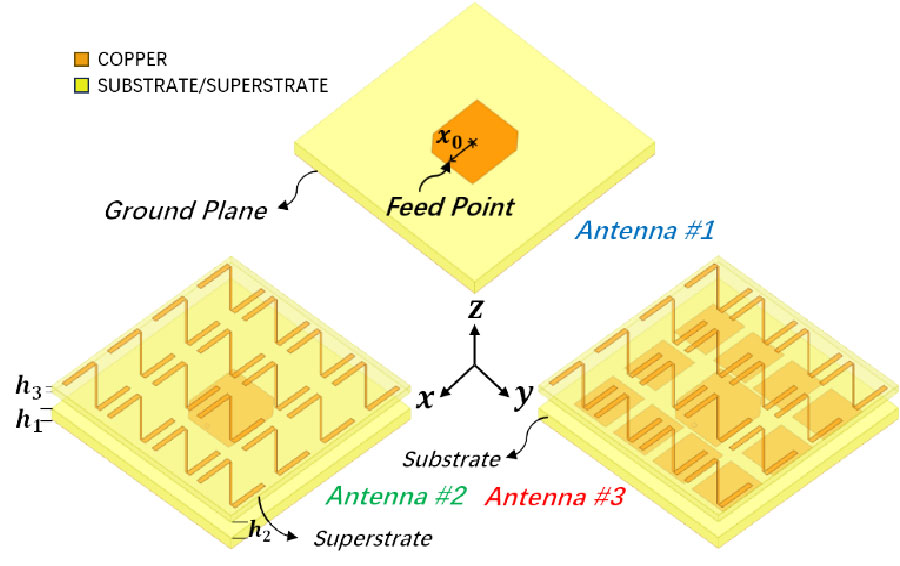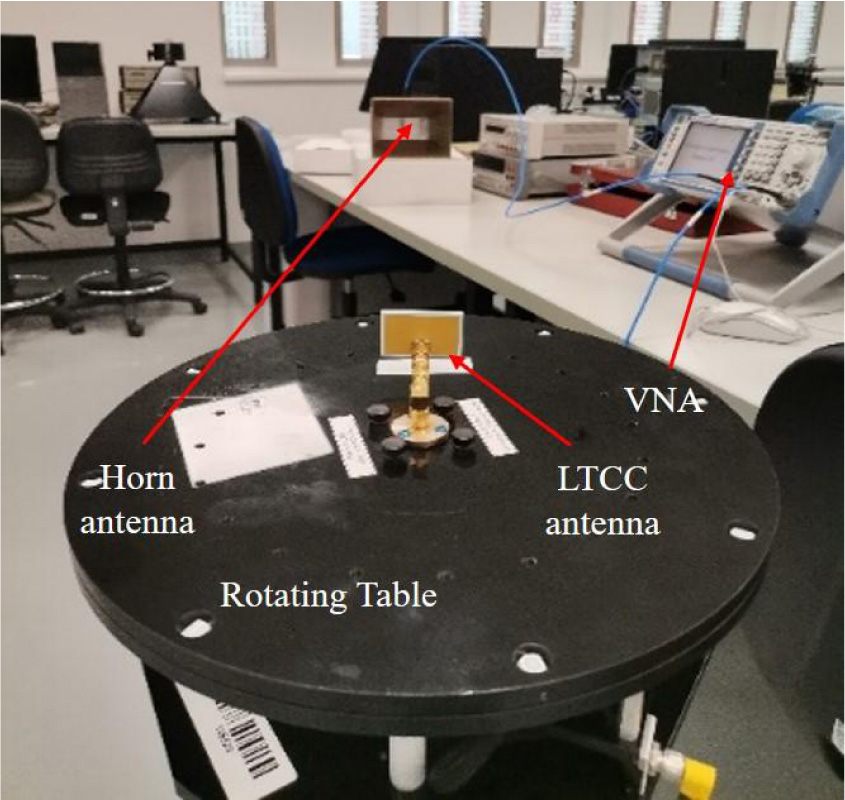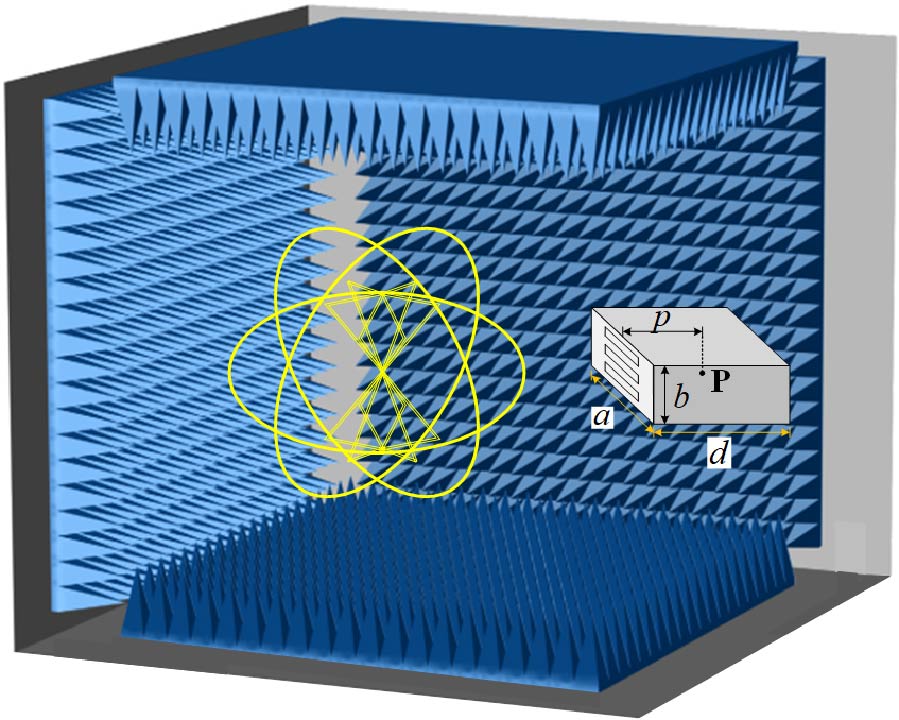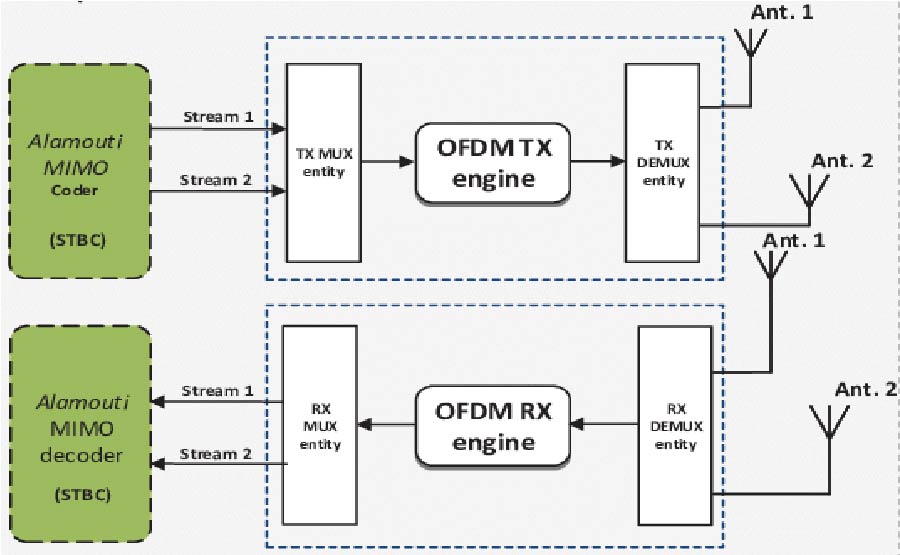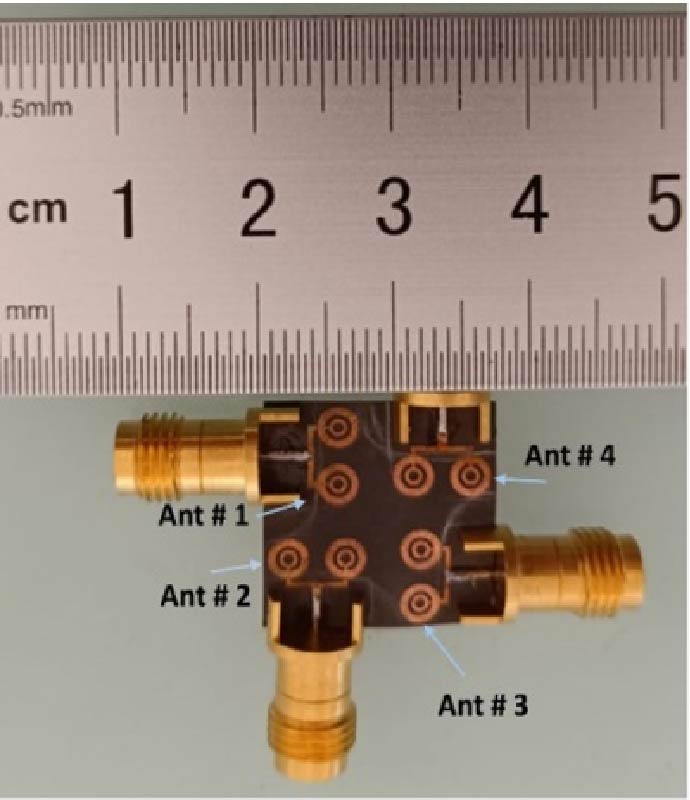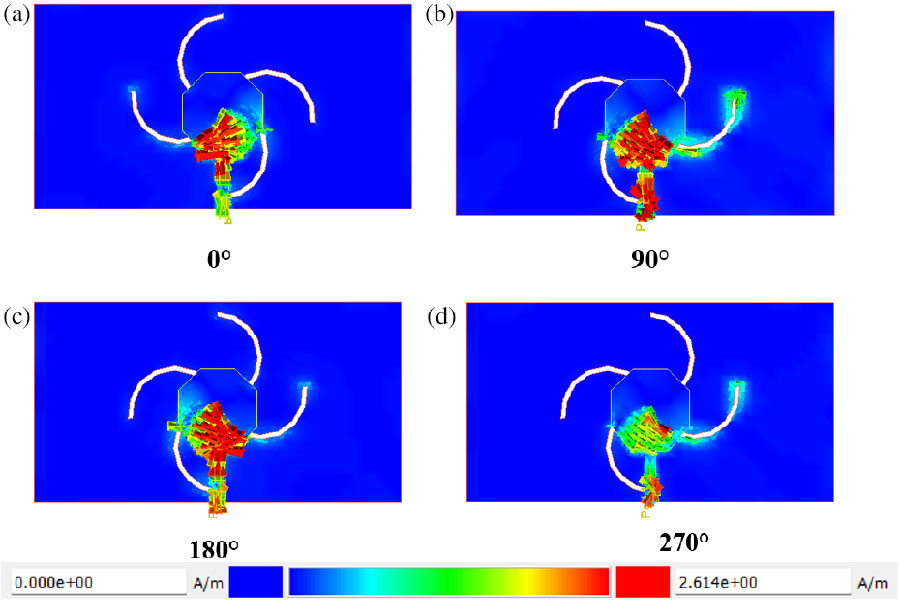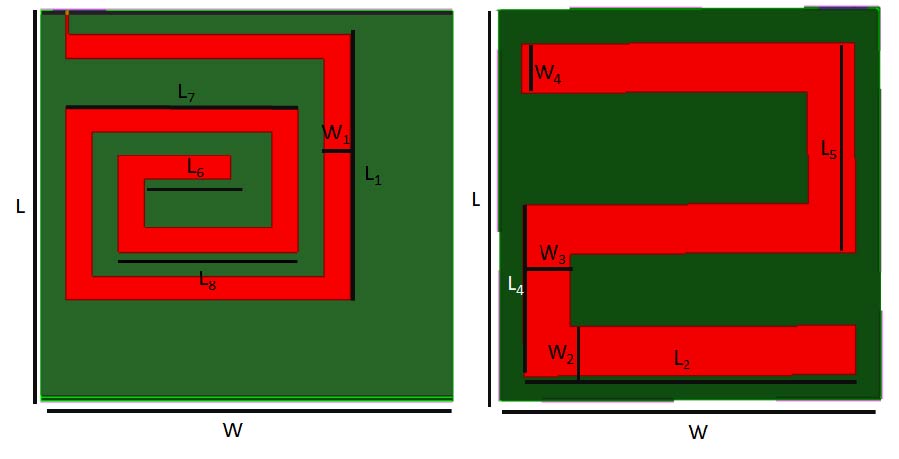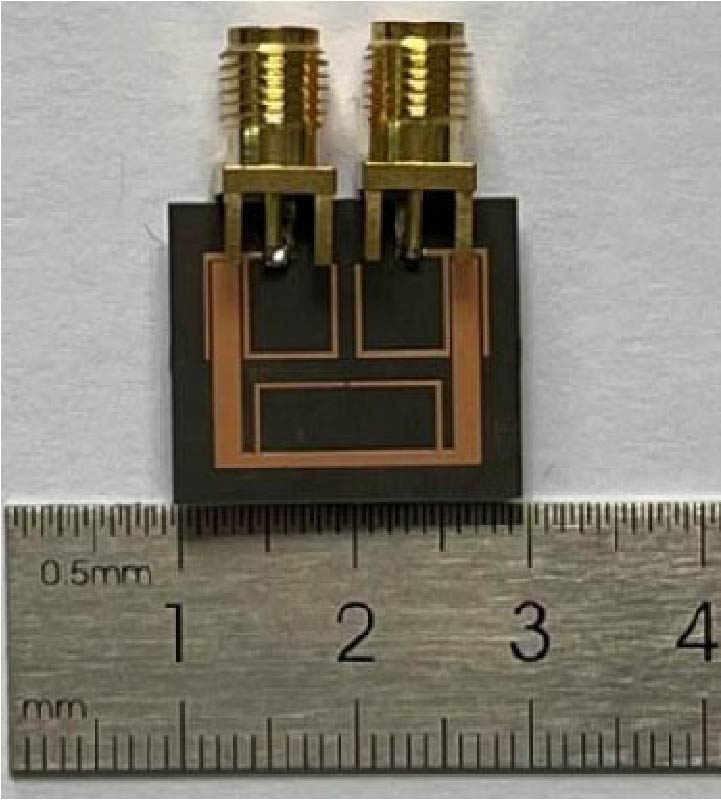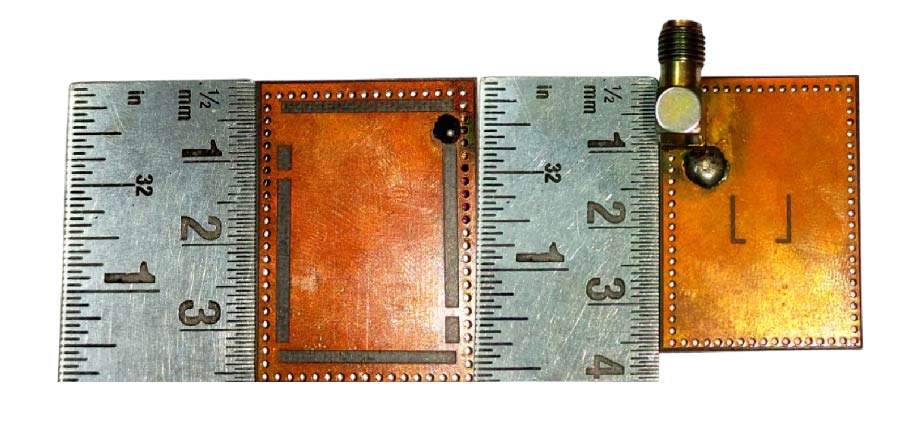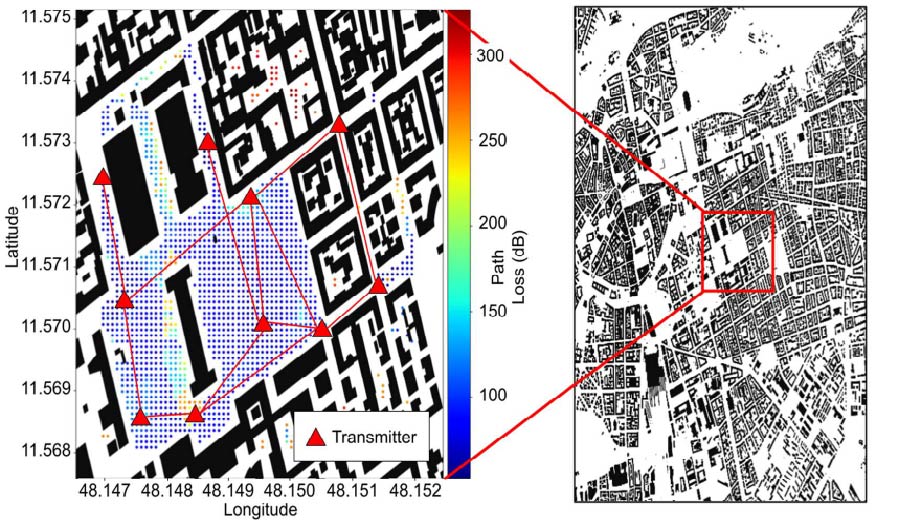A High-Performance, Thin, Circularly Polarized Microstrip Antenna for Compact Radar Systems
Palaniselvan Sundaravadivel,
Sathiyapriya Thangavel,
Gold Beulah Patturose Jegajothi,
Rethinasamy Meenakshi,
Dhanushkodi Siva Sundhara Raja and
Dhandapani Rajeshkumar
This paper presents a novel, thin, circularly polarized microstrip antenna optimized for radar applications, designed to operate within the 7.5-7.7 GHz frequency band. The antenna is compact, with overall dimensions of 1.97λ x 1.08λ x 0.0025λ (where λ is wavelength calculated at 7.5 GHz) printed on a flexible polyimide substrate, offering advantages in terms of mechanical flexibility and integration into conformal systems. Circular polarization is achieved with an axial ratio of less than 3 dB across the operating bandwidth, while a peak gain of 6.25 dBi ensures adequate signal strength for radar detection and communication. Performance improvements are realized by introducing inverted C-shaped slots in the radiating element, effectively manipulating the surface current distribution and enhancing polarization purity and radiation efficiency. A prototype of the antenna was fabricated and tested, with experimental results closely matching simulation data, confirming the reliability of the design methodology. The results demonstrate that the proposed antenna is highly suitable for compact radar systems, offering an optimal balance among size, performance, and fabrication simplicity.
